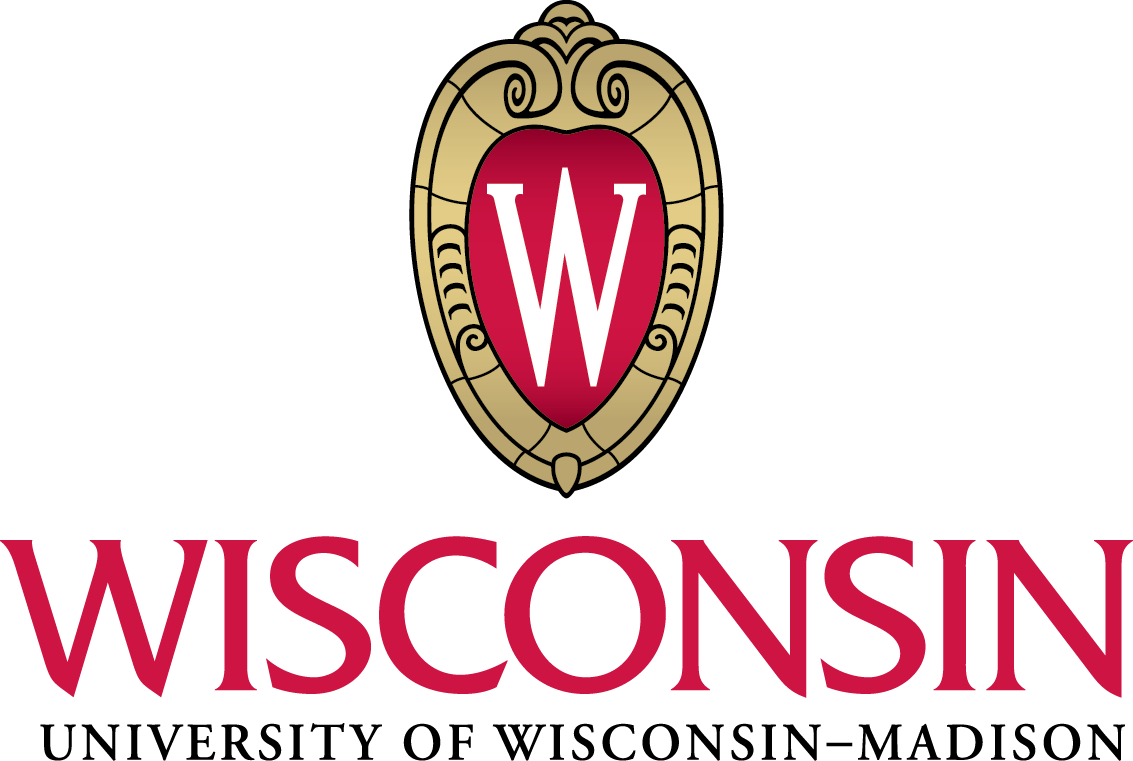Emilie Hogan attended a workshop at ICERM on Electrical Flows, Graph Laplacians, and Algorithms: Spectral Graph Theory and Beyond for the week of April 7 – 11. She presented a poster showing the work that she and Mahantesh Halappanavar have been doing on graph modeling and clustering for the power grid.
Workshop description:
Spectral graph theory, which studies how the eigenvalues and eigenvectors of the graph Laplacian (and other related matrices) interact with the combinatorial structure of a graph, is a classical tool in both the theory and practice of algorithm design. The success of this approach has been rooted in the efficiency with which eigenvalues and eigenvectors can be computed, and in the surprisingly large number of ways that a graph’s properties are connected to the Laplacian’s spectrum—particularly to the value of its second smallest eigenvalue, λ2.
However, while the eigenvalues and eigenvectors of the Laplacian capture a striking amount of the structure of the graph, they certainly do not capture all of it. Recent work in the field suggests that we have only scratched the surface of what can be done if we are willing to broaden our investigation to include more general linear-algebraic properties of the matrices we associate to graphs.
A particularly fruitful example of this has been the study of Laplacian linear systems, where the interplay between linear algebra and graph theory has led to progress in both fields. On the one hand, researchers have used the combinatorial structure of the corresponding graphs to facilitate the solution of these linear systems, resulting in solvers that run in nearly-linear time. On the other hand, one can use these linear systems to describe the behavior of electrical flows on a graph, which has provided a powerful new primitive for algorithmic graph theory. This interaction has already led to improved algorithmic results for many of the basic problems in algorithmic graph theory, including finding maximum flows and minimum cuts, solving traveling salesman problems, sampling random trees, sparsifying graphs, computing multicommodity flows, and approximately solving a wide range of general clustering and partitioning problems. In addition, researchers have recently shown how to exploit a wide range of other algebraic properties of matrices associated to graphs, such as the threshold rank, cut norm, sensitivity to perturbation, or hypercontractivity of the eigenspaces, to achieve impressive algorithmic results.
This workshop brought together researchers to study and advance this new emerging frontier in algorithmic graph theory.




